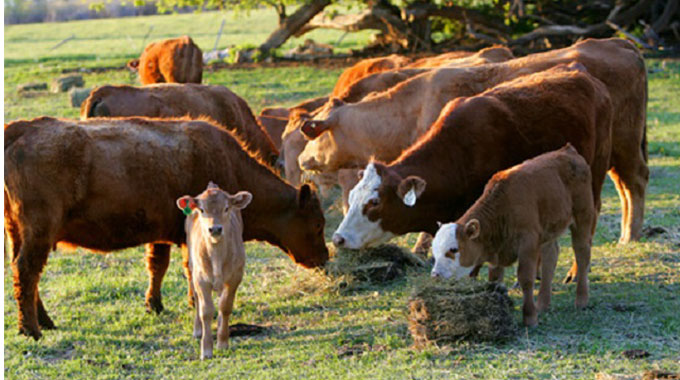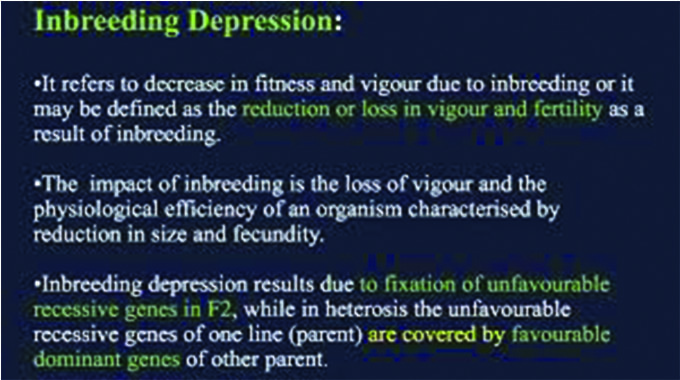
The Sunday News

THE national breed sale has come and gone and perhaps achieved its primary objectives which are generally providing good genetics to the market for the benefit of the broader livestock farmers and providing a lucrative market for the stud breeders.
The stud breeders are custodians of descript genetics for the various breeds that are in the market.
It is from the stud breeders that the generality of livestock farmers obtain improved genetics to infuse into their own herds and improve the performance of their herds.
Genetic improvement of the national herd is one aspect that every livestock farmer and player within the value chain, should take seriously.
This is because there is a steady decline in the genetic quality of animals especially in the smallholder sector as a result of inbreeding.
One common production misnomer that one immediately identifies within the smallholder livestock production systems, is that there is way too few bulls running with large herds of cows and heifers.

heifers
This is because most smallholder livestock farmers do not find priority to invest in buying their own bull such that it is not uncommon to find a farmer with a 60 herd of cattle but without a personal bull.
The bull is also generally a pain to manage in a communal set up due to its migratory nature in pursuit of cows of heat.
The nomadic bull will move from one herd to another servicing cows on heat and owners of the cows are only interested in the presence of that bull while it is attending to their cows.
Once it’s done it is neglected and it starts wandering around the rangeland eventually straying into people’s fields.
The result is perpetual feuds between communal farmers.
Consequently, most smallholder livestock farmers in communal set ups tend to be reluctant towards getting their own bull as it comes along with extra management needs.
The overarching result of having very few bulls running with many herds in communal set ups has seen an increase in inbreeding and its attended challenges.
Inbreeding refers to mating animals of closely related genetics which results in the reduction in the size of the genetic pool.
This means animals within the same area then gravitate towards genetic uniformity because they are born from the same genetic lineage.
This results in what is called inbreeding depression which is generally the reduction in productive performances of the animals due to effects of inbreeding.

The most common result which we notice in our communal herds as a result of inbreeding depression effects is the drastic drop in frame sizes of animals over years.
The animals are getting smaller in frame and this has economic effects as it means farmers are now selling small framed animals which do not give them much as they dress lower after slaughter.
Most of the small framed animals we see on our communal rangelands are largely due to effects of inbreeding and much as a result of poor performing local breeds.
Indigenous breeds which are properly bred produce decent frame sized animals, therefore poor frames in our smallholder communal herds is mostly due to inbreeding and much less a result of indigenous traits.
There are a number of inbreeding effects in our communal herds, but the intention of this submission is not to chronicle the effects but motivate for a national strategy towards breed improvement management.
I am aware that the Government is already trying something through the national wide artificial insemination efforts.
I would like to suggest that the Government could consider using a two pronged intervention of using both live bulls and the artificial insemination route.
In the same way that Government provides input support to crop production farmers under the climate smart agriculture intervention, we could consider giving live bulls to communities, for example at village level.
The bulls can be provided under the custodianship of the department of veterinary service and they are left to run with the community herds for a given period before they are rotated.
Live bulls have been proven to be the most effective and fast method of genetic improvement.
If say five bulls are put in a village and left to run with that herd for three years, there will be enough genetic infusion into the gene pool to turn around the effects of inbreeding.
Admittedly live bulls are expensive, but mechanisms can be crafted to generate revenue for that purpose, one being to levy players within the value chain for that purpose.
A levy could be administered on abattoirs, stock feed manufacturers, veterinary drug wholesalers and even livestock transporters just to mention but a few players within the value chain.
The money can then be used to purchase the bulls and distributed to communities.
It is in the interest of everyone within the value chain to ensure that inbreeding depression effects are reversed and we begin to have smallholder farmers producing decent carcass sizes from their animals.
Uyabonga umntakaMaKhumalo. Mhlupheki Dube is a livestock specialist and farmer.
He writes in his own capacity. Feed [email protected]/ cell 0772851275



